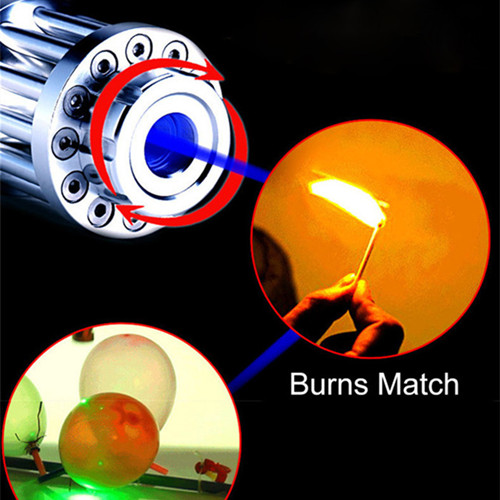Well, since most people will never land on the moon, or even spacecraft, it is hard to think of the practical use of the laser pointer for such a powerful Internet transmission system. However, think about those astronauts who have lived in space for many years! Astronauts on the space station will be able to use this technology to watch their favorite online programs, maybe they also want to chase the drama.
However, from a functional and scientific perspective, being able to provide a fast Internet connection in outer space means that information can be transmitted back to Earth more efficiently. For example, in 2015, the Pluto ’s New Horizons probe had an average transmission rate of only 1.5KB / s, and the data it collected took more than a year to be fully transmitted back to Earth.
In addition, once we have established a colony on the moon, we will be able to share the life of the moon with friends and family on earth!
Although this technology certainly has its limitations, it will definitely develop further. In the more distant future, as humans go deeper into space, this will require further expansion of the Internet ’s coverage. When humans step on Mars, maybe they can download “Mars Rescue” directly on this red planet!
However, spanning nearly 400,000 kilometers from the earth to the moon will bring serious challenges. The researchers admit that due to atmospheric interference (bending light), the signal is quite unstable, and the telescope also needs to constantly recalculate to match the satellites in orbit. Nevertheless, the speed of downloading and uploading from the earth to the moon is amazing, and it is actually faster than the average Internet speed in the United States.
Using the red laser pointer telescope system, at such a long distance, the upload speed reached 19MB / s, and the download transfer rate was even faster, reaching an astonishing 622MB / s, which is more than 4000 times faster than the existing RF transmission speed. !
